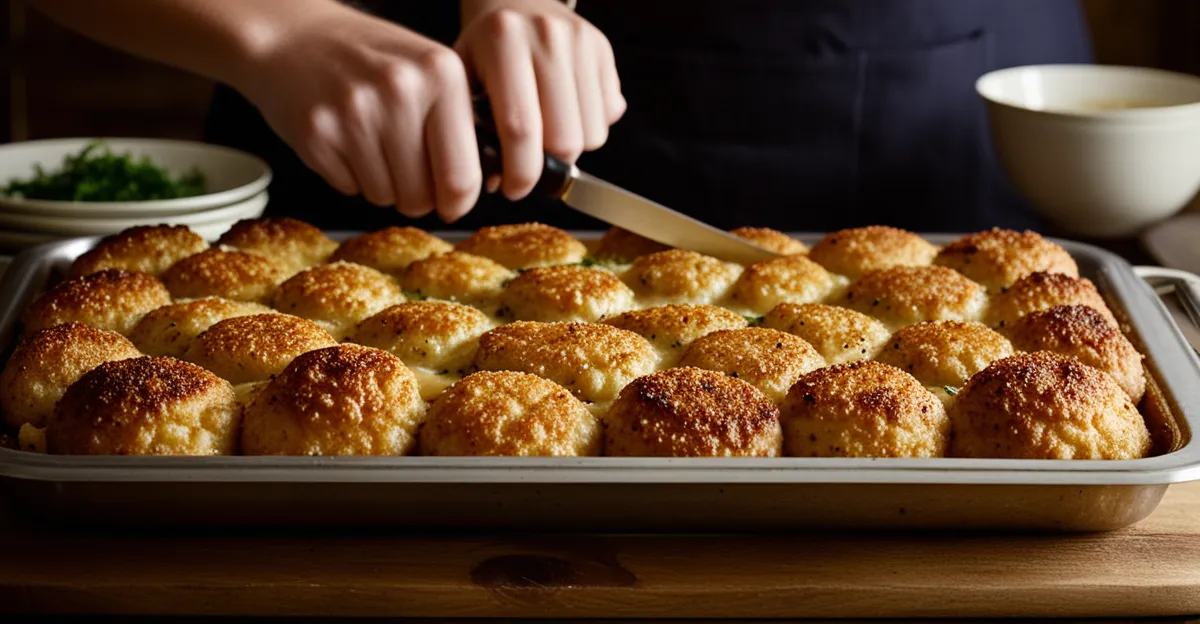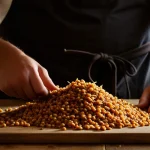Traditional British Recipes: Origins and Core Elements
Traditional British recipes hold a rich place in British food history, reflecting centuries of cultural influences and local ingredients. These classic British dishes typically emphasize simplicity and heartiness, rooted in the availability of regional produce and preservation methods essential during earlier times.
At the core of many traditional recipes are staple ingredients like potatoes, root vegetables, beef, lamb, and oats. These components are often combined using straightforward cooking techniques such as roasting, boiling, and stewing, which enhance robust flavors and create comforting meals. For example, stews and pies showcase how slow cooking tenderizes meat and deepens taste, while bread and puddings highlight baking skills passed through generations.
Also read : What are the origins of the traditional Sunday roast?
Some enduring classic British dishes illustrate these points clearly. Roast beef with Yorkshire pudding remains a culinary icon, symbolizing festive gatherings and Sunday lunches. Similarly, fish and chips highlight coastal influences and the importance of fried foods in British cuisine. Other traditional recipes like shepherd’s pie, bangers and mash, and black pudding exemplify the emphasis on utilizing local meats and practical cooking methods.
Understanding these core elements—ingredients, cooking styles, and cultural context—provides valuable insight into why these recipes have stood the test of time and continue to define British culinary identity today.
In the same genre : What Are the Most Unique Ingredients in Traditional UK Cooking?
Adapting British Classics for Modern Kitchens
Adapting traditional British recipes to modern home cooking allows busy households to enjoy classic British dishes without lengthy preparation. One effective way to adapt traditional recipes is by making ingredient swaps that introduce healthier alternatives. For example, using leaner cuts of meat or plant-based substitutes can reduce fat content while preserving the distinctive British cuisine flavors. Additionally, replacing heavy cream with low-fat yogurt or opting for wholegrain flours in pies and puddings keeps the integrity of the dish but supports a more balanced diet.
Simplified cooking methods also play a crucial role in adapting traditional British recipes for contemporary lifestyles. Many classic British dishes rely on slow roasting or stewing, which can be time-consuming. Utilizing modern appliances like pressure cookers or air fryers significantly shortens cooking times without compromising taste or texture, making British cooking more accessible for everyday meals. For instance, a shepherd’s pie can be prepared in under an hour with these tools, maintaining its hearty essence while fitting into tight schedules.
Incorporating British flavors into everyday meals offers a fresh way to keep tradition alive while encouraging culinary creativity. Adding traditional herbs such as thyme, rosemary, or sage can instantly evoke classic British tastes in quicker dishes. Using simple sauces inspired by classic British gravies or mint jelly can also transform ordinary meals into delicious experiences reminiscent of traditional British recipes. Through these adaptations, home cooks can enjoy authentic flavors while embracing the convenience of modern techniques.
Creative Twists on British Staples
Bringing contemporary flair to modern British recipes involves blending classic flavors with global influences through fusion cooking ideas. This approach not only refreshes traditional British staples but also introduces vibrant taste combinations. For instance, reimagining shepherd’s pie by substituting lamb with curried lentils adds both a vegetarian dimension and an international spice profile without losing the dish’s comforting core. Such adaptations highlight the versatility of traditional British recipes when embraced with inventive culinary perspectives.
Presentation techniques also play a pivotal role in modernizing classic dishes. Instead of serving hearty meals in rustic forms, employing minimalist plating styles or using elegant ramekins can elevate the dining experience. Visual appeal becomes as important as flavor, allowing classic British dishes to suit both casual family dinners and sophisticated gatherings. Small garnishes like fresh herbs or microgreens can instantly update a familiar dish’s look while reinforcing its authentic flavors.
Dessert reinterpretations and vegetarian versions exemplify how contemporary meal inspiration stems from respecting tradition while responding to current dietary trends. Reworking the classic sticky toffee pudding into a gluten-free option or transforming black pudding into a plant-based sausage reflects evolving consumer preferences while maintaining connection to British food history. These creative adaptations demonstrate how traditional British recipes remain relevant by evolving alongside modern tastes and lifestyles.
Practical Guidance for Home Cooks
Mastering traditional British recipes while embracing modern tastes requires practical cooking tips that simplify preparation without losing authenticity. A key home cooking advice is to start by breaking down complex recipes into manageable steps. For example, when adapting a classic stew, begin by preparing the meat and vegetables separately, then combine them for a shorter simmering period, reducing total cooking time. This method keeps flavors rich but respects busy schedules.
Sourcing quality ingredients is crucial. Opt for seasonal, locally-sourced produce to maintain the integrity of classic dishes while supporting sustainable practices. For meats, look for lean cuts or ethically raised options to align with healthier eating goals. Home cooks should also explore alternatives like frozen vegetables or bulk buys to prevent waste, enabling flexible recipe adaptation without sacrificing taste or authenticity.
Recipe adaptation further benefits from strategic ingredient substitutions. For instance, swapping heavy cream with low-fat yogurt or using wholegrain flours enhances nutrition, particularly when preparing pies or puddings. Incorporating fresh herbs such as thyme or rosemary intensifies flavor without added calories. These small changes keep dishes true to British food history but tailor them for contemporary palates.
Together, these practical strategies empower home cooks to confidently update traditional British recipes. Using organized steps, smart sourcing, and thoughtful ingredient choices ensures that recreating classic British dishes becomes both accessible and enjoyable for modern kitchens.






